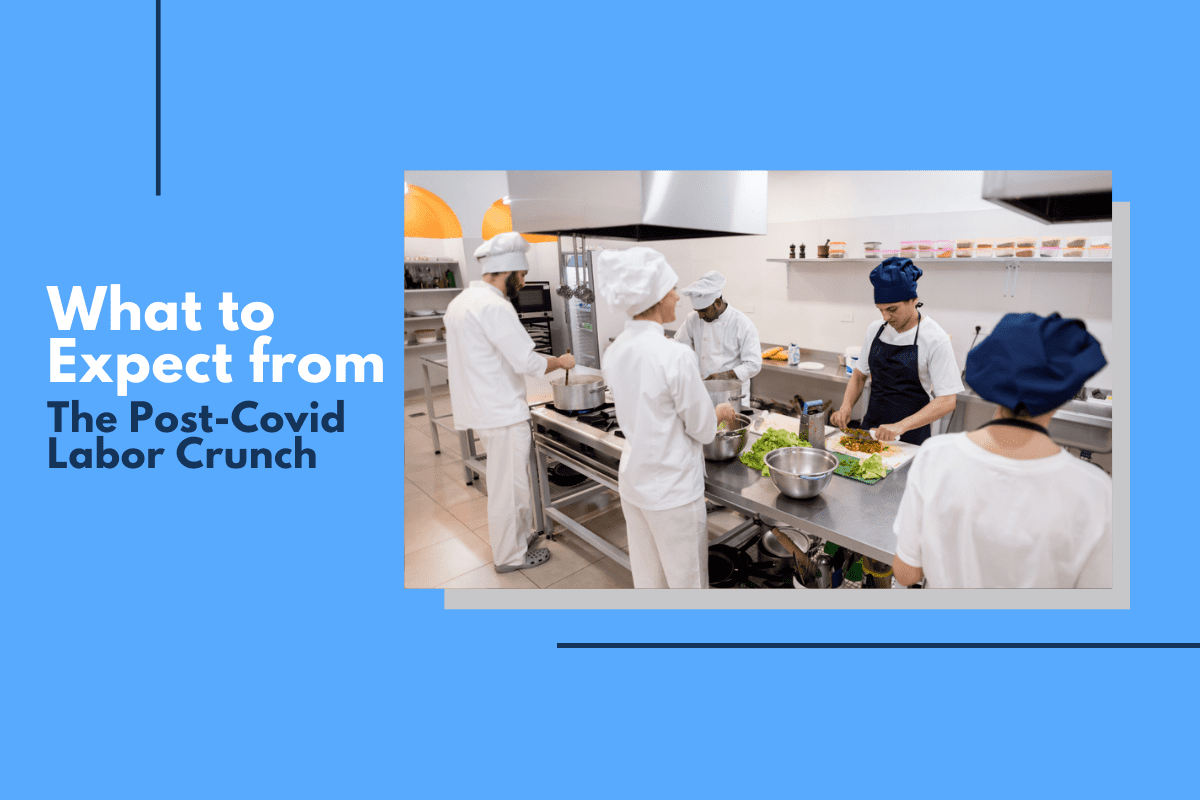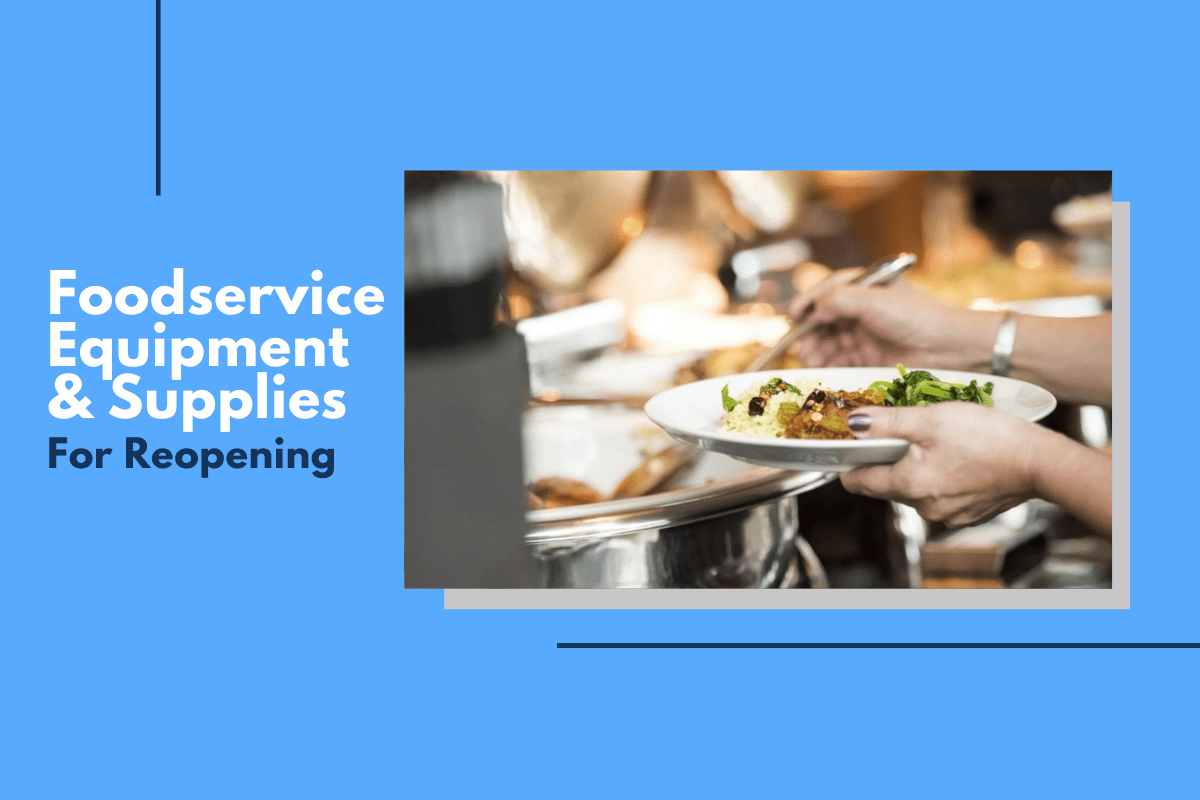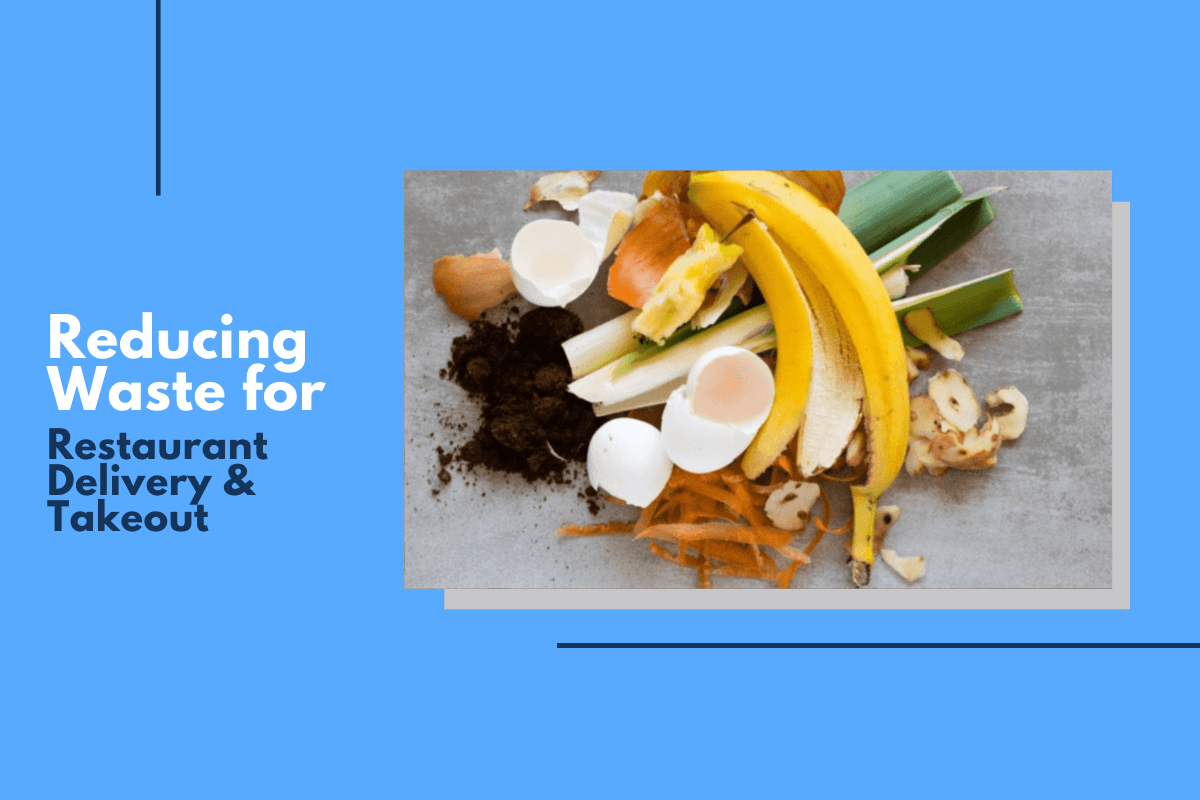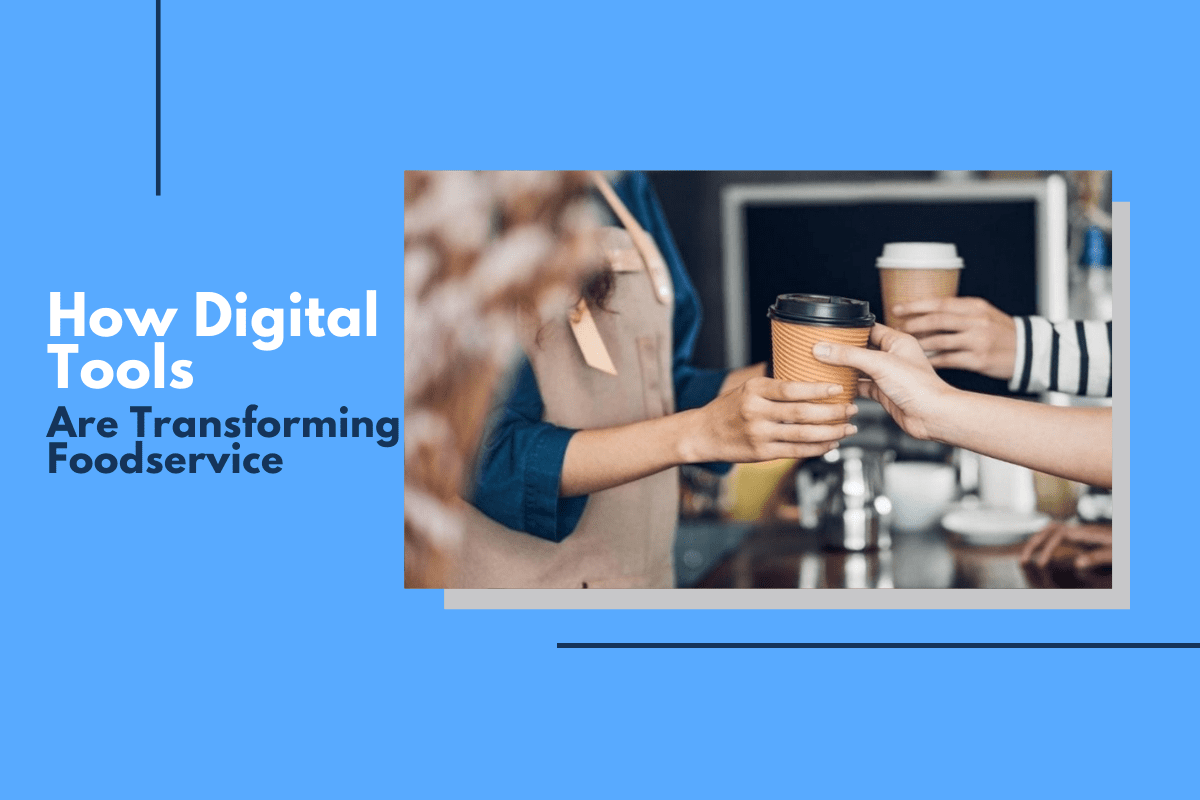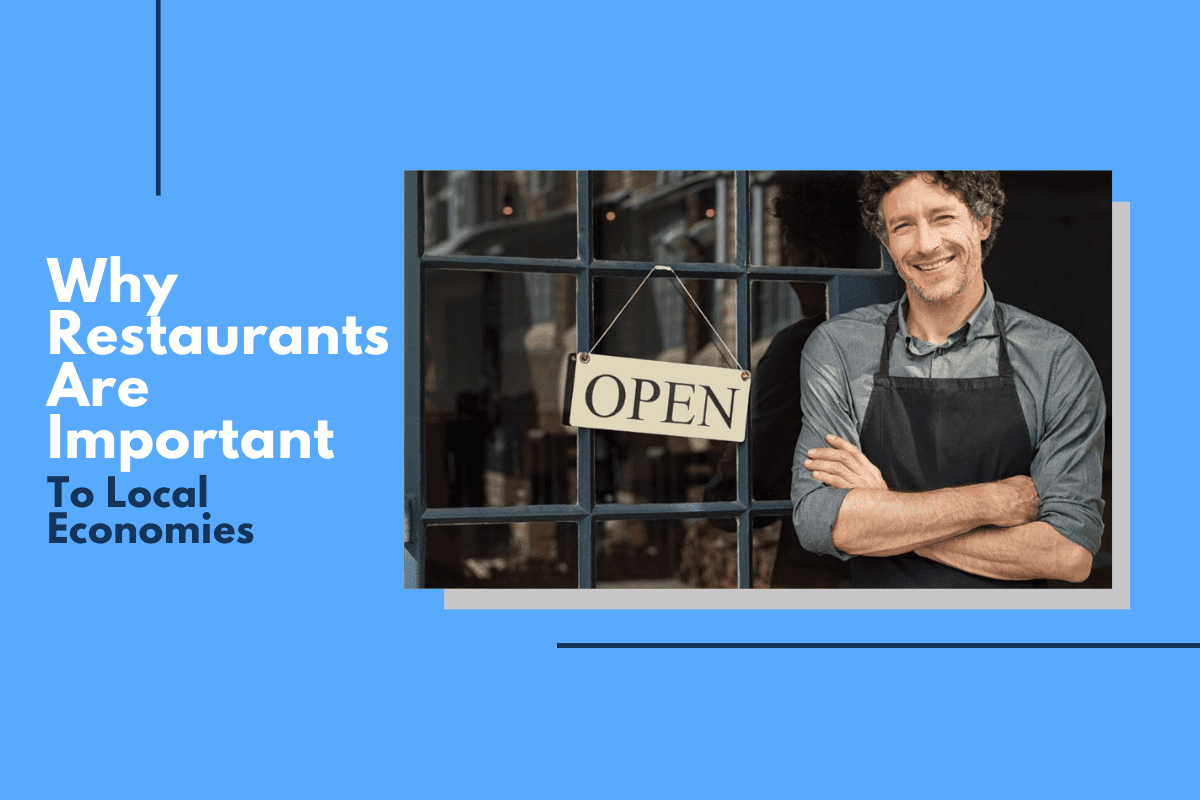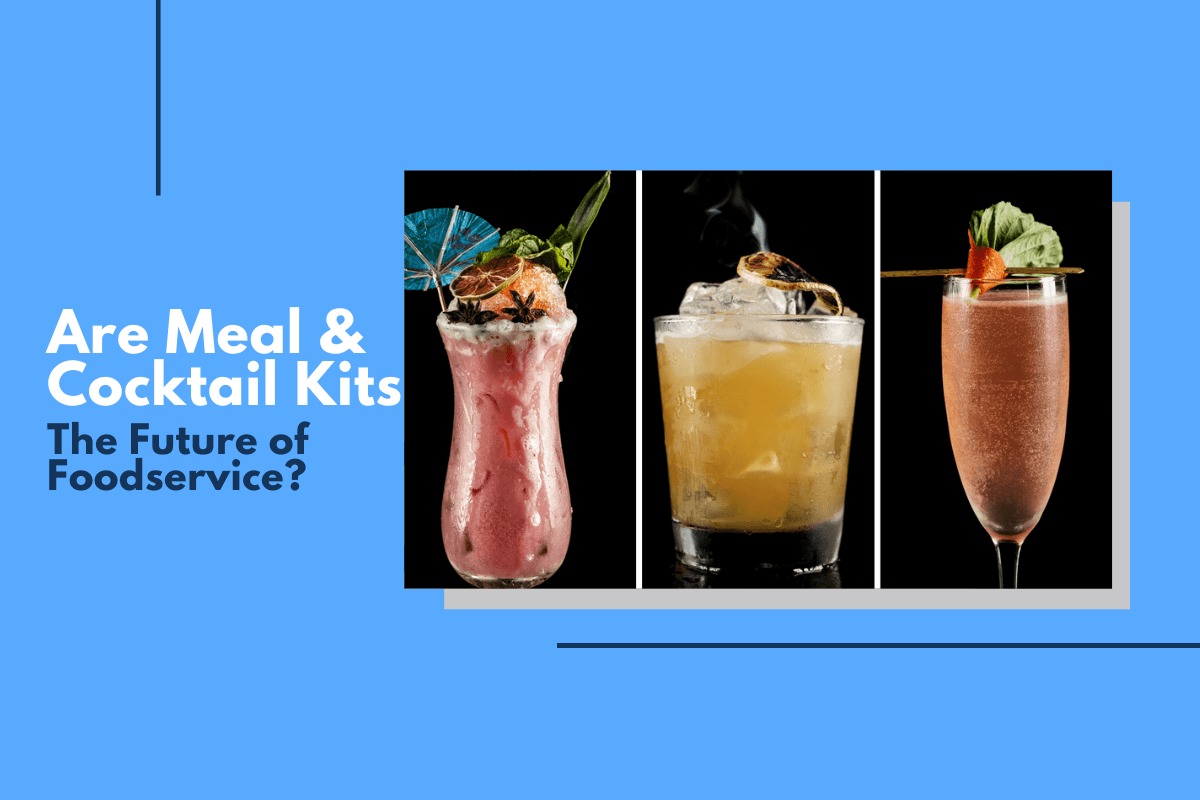
Are Meal and Cocktail Kits the Future of Foodservice?
Kits are “it”.
During the pandemic, all we wanted was to find a way to simulate normal, a normal that was changed due to the closure of the bars and restaurants we frequent. For many, stopping at our regular pub for a beer or eating lunch at our usual restaurant is more than a way to get sustenance, but a ritual that brings us comfort and joy. Restaurants and bars had to adapt, and this is when cocktail and restaurant take-home kits gained popularity.
By providing pick-up boxes of food and beverage — often paired with detailed instructions and a personal touch of service — take-home kits became a great way to enjoy our favorite establishments within the constraints of the new normal. Having a designated space for kit pick-up has helped many businesses streamline this process in a contactless way. Here are some contactless cart options for your business.
These kits have allowed us to have a new cocktail from our favorite speakeasy or a multi-course meal from our favorite restaurant without the risks of leaving home. Cocktail and meal kits started as a means to an end, a way for us to comfort ourselves, but even with the country opening back up, cocktail and meal kits are still doing well. Are they here to stay?
What are cocktail and meal kits?
Getting into the details, cocktail and meal kits provided a new way for food and beverage establishments to remain relevant in the eyes of their most loyal customers. As we mentioned, detailed instructions were often included. In some cases, those instructions were even videos or live teleconference sessions where consumers could have direct access to chefs and mixologists.
Cocktail kits came with liquor, botanicals that were often hard to find, and sometimes even glassware. Meal kits came with pre-measured ingredients, recipes, and sometimes hard to source proteins or items that came pre-marinated for a taste that would be difficult to simulate at home. Using these clever kits, anything difficult in the process or in the flavor profiles were handled by the restaurants or bartenders. But with the country opening back up, why are these kits still selling well?
Why are cocktail and meal kits still selling?
People discovered that cocktail and meal kits are fun. It’s nice to create the foods and drinks you love at home, and even more fun to surprise someone with a drink or a plate of food they thought they couldn’t get. In a sense, the meal and cocktail kit concept has completely changed the concept of the dinner party into something that can be more of a conversation starter than just a home-cooked meal.
In fact, meal kits even go beyond our local neighborhoods. Thanks to companies like Gold Belly who ship foods from famous establishments across the country, the novelty of creating a sandwich from Katz’s Deli when you live in Ohio or Som Saa when you live in the US is completely possible. Taste bud tourism is alive and well thanks, in large part, to consumers being stuck at home over the course of the last year and a half.
As we look to the future, more and more consumers might realize they just don’t feel like going out but would like to enjoy the same level of quality. At the same time, restaurants and bars have opened up new profit points by providing meal and cocktail kits. Only time will tell if meal and cocktail kits are truly the future of dining, but if they keep on selling as they are, they will certainly have a strong presence in the marketplace.

